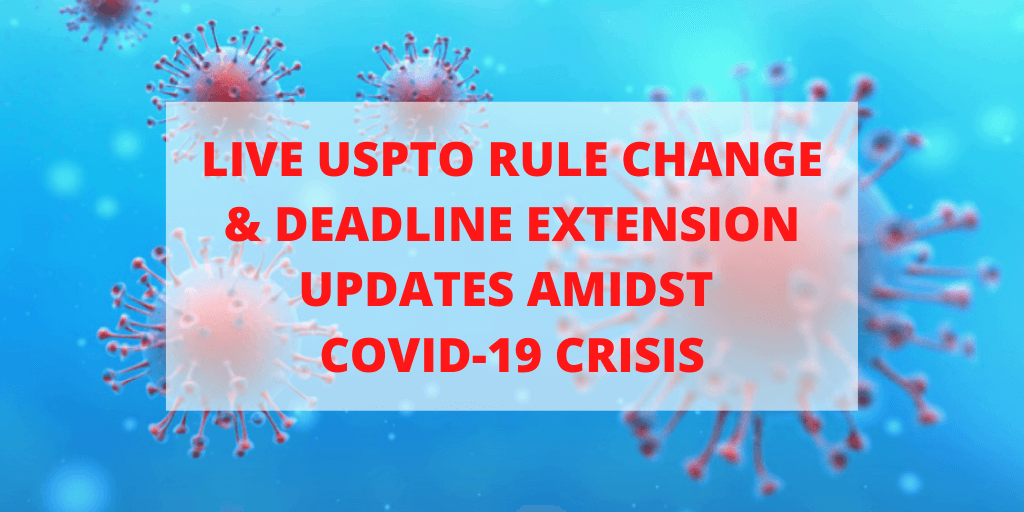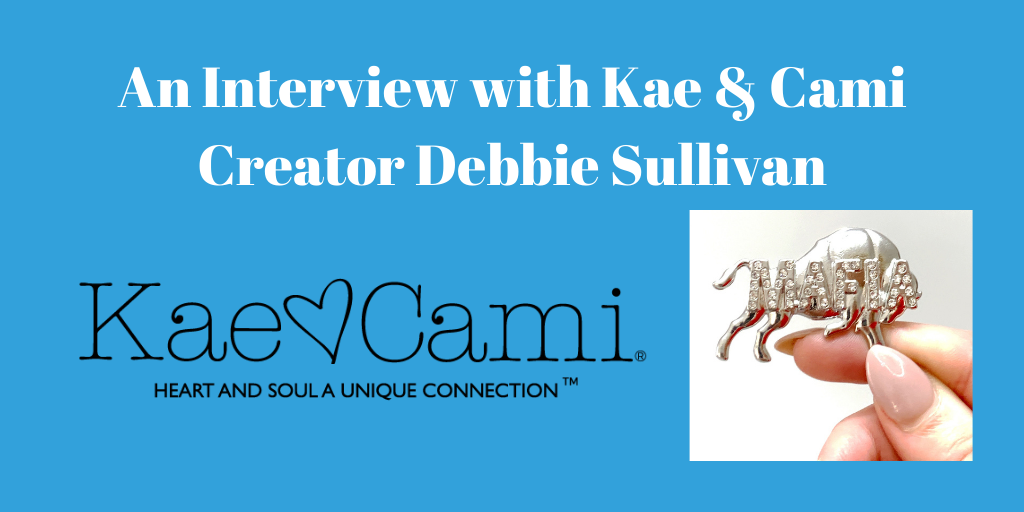It seems to me that a description of a characteristic of the wine that is commonly used to describe wine that is “ready to drink” should not be protectable by trademark registration.
Even though the examiner in this case thought the Mark shouldn’t be registered the TTAB granted the trademark PRÊT À BOIRE to Amuse Bouche LLC, a Napa Valley Vineyard.
Is PRÊT À BOIRE highly descriptive and frequently used by others to describe wine? It doesn’t matter.
If the Mark is “merely descriptive” registration on the supplemental register is available if it is capable of distinguishing the applicant’s goods or services.
The Trademark Trial and Appeal Board reversed the trademark examining attorney’s refusal to register the mark PRÊT À BOIRE for being generic.
A trademark application that is rejected for being generic cannot be registered on the supplemental register.
But the TTAB ruled that it is not a generic designation for wine but merely descriptive characteristic of the wine and the examining attorney failed to show by clear evidence that the applied-for mark was generic. (In re Amuse Bouche LLC, September 30, 2013, Mermelstein, M.). (PDF)
Background.
The examining attorney reasoned that, PRÊT À BOIRE (a French term for “ready to drink”) was a generic name for wine.
Doctrine of equivalents.
The Board applied the doctrine of foreign equivalents because the evidence did not suggest that:
- the mark’s English translation, “ready to drink,” was inaccurate;
- prêt à boire” was so obscure that it would not be easily recognized and translated by French speakers in the U.S.; or
- “prêt à boire” was an idiom that was not equivalent to its direct English translation.
Public understanding.
By seeking registration on the Supplemental Register the applicant admitted that PRÊT À BOIRE was at least descriptive of wine.
Therefore, the central question became whether the mark was unregistrable on the Supplemental Register because it was a generic name for wine.
So the question to be answered is “when using the Mark in connection with wine what does it describe?” Clearly, when used in connection with wine, PRÊT À BOIRE referred to a point in time when a particular wine was at its peak quality.
Although some of the evidence suggested that “ready to drink” could refer to a “style” of wine (e.g. “created in a ready to drink style” or “this wine expresses bright red fruits and earthy aromas” the evidence showed that the term “prêt à boire” was used to describe a characteristic or attribute of wine, it was not used to name or categorize it.
Although the Board acknowledged that adjectives, like nouns, could be generic when they directly named the most important or central aspect or purpose of an applicant’s goods, the evidence did not show that the relevant public viewed
“prêt à boire” or “ready to drink” as the most important or central aspect of wine. Rather, it signified a point in time when the wine was purportedly “at its best.”
So when is the best time to drink the wine? Depending on the vintage there are many tables that show the overall characteristics of vintages for each wine region, and information on the evolution of wine and a good time to drink. Factors vary from from one producer to the next: the land, the vinification, the profiles of different vintages and types of livestock.
The answer seems simple enough “when it is ready.”








